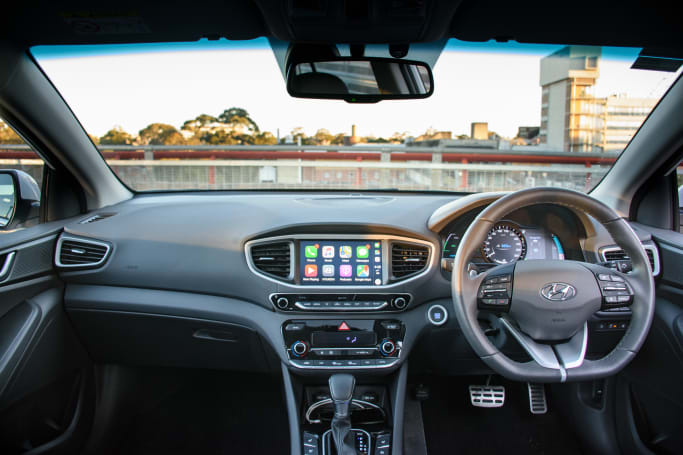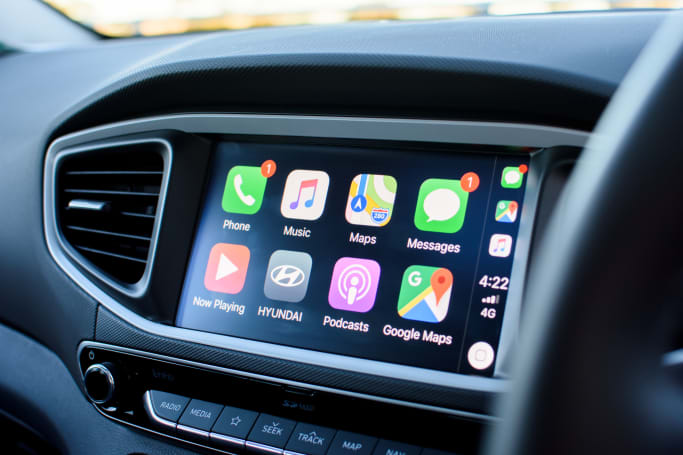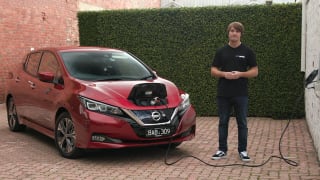The Plug-in Ioniq might wear its eco-credentials on its sleeve, but that doesn’t mean you miss out on any tech at all.
Our ‘Premium’ spec car gets an 8.0-inch multimedia touchscreen with Apple CarPlay and Android Auto as well as built-in nav backed by a eight speaker premium audio system, dual-zone climate control, leather interior trim, a powered glass sunroof, heated and air-ventilated front seats, full LED front lighting, keyless entry with push-start, rain-sensing wipers, a Qi wireless phone charging bay, and a slew of anti-fog features for the windows and mirrors.

Basically, it’s all you’ll need and would reasonably expect from a well-specified small or mid-size car. Oddly the Plug-in can only be equipped with 16-inch alloys, where the Premium-spec hybrid can have 17-inch wheels.
Is it expensive, though? In a word – yes.
The Ioniq plug-in comes in at $45,490 (MSRP) which is not only way more expensive than, say, a top-spec Elantra or i30, it’s more expensive than a fully-electric entry-level Ioniq ($44,990) and darned close to other fully electric options like the $49,990 Nissan Leaf.

This car’s spiritual direct rival, the Toyota Prius I-Tech (also expensive at $44,050), gets LED headlights and a head-up display, but doesn’t feel quite as up-to-date as a whole package.






















